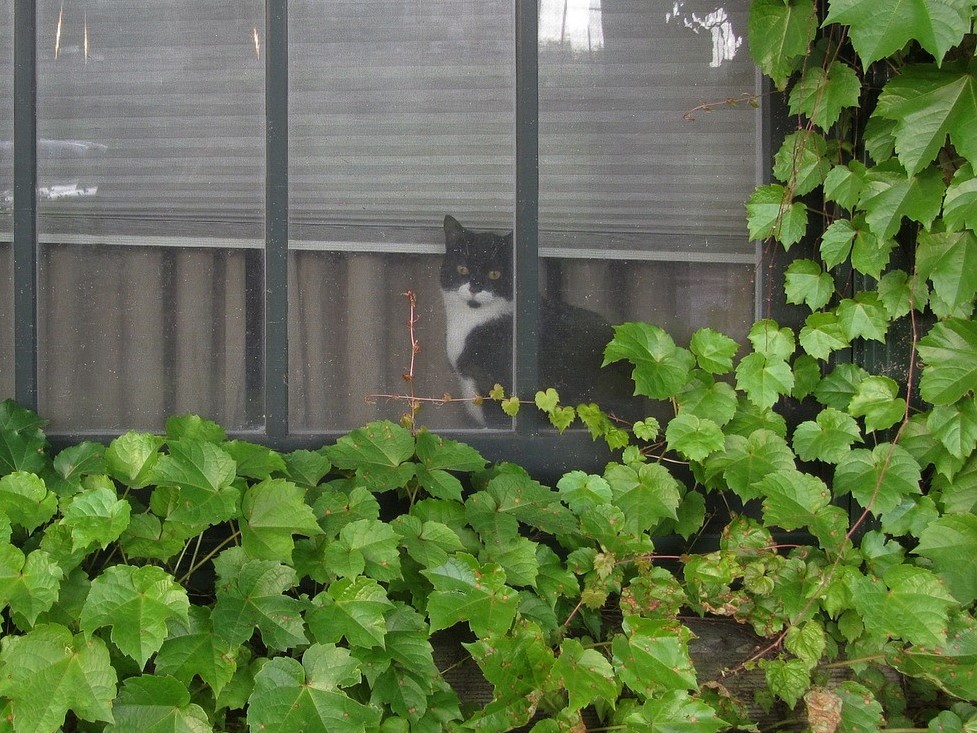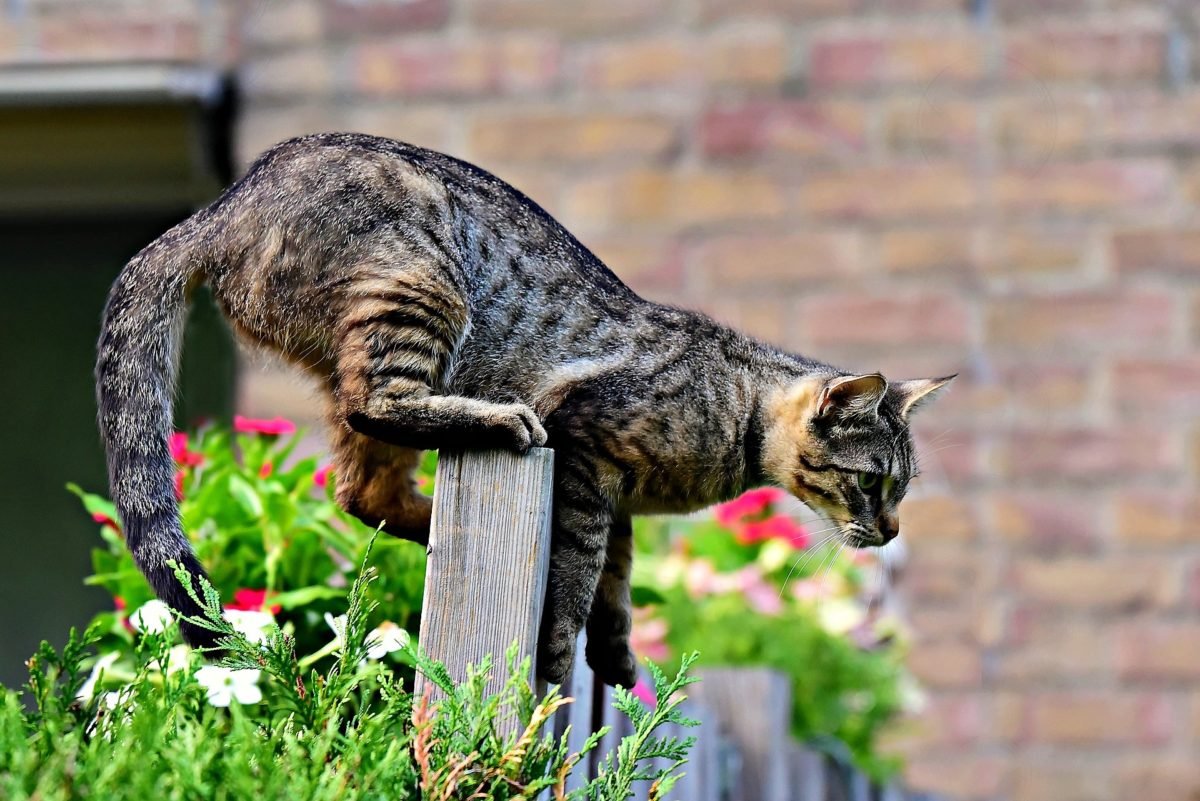-
Indoor cats are safer but are they happier?

Some animal behaviourists, animal welfare organisations and experts are advocating that cats should be kept permanently indoors as they will live longer, healthier and happier lives by being protected from external dangers and do not suffer any physical, mental or behavioural harm by doing so. The Humane Society of the United States (HSUS) even claim…
-
The right to roam, cats cannot trespass

Cats are footloose and free Unlike most other captive animals, the domestic cat has the wonderful status under the laws of most countries of the “right to roam“. In the U.K. they do not have to be securely confined and can roam without any fear or favour or legal repercussions for their actions. They cannot trespass so…